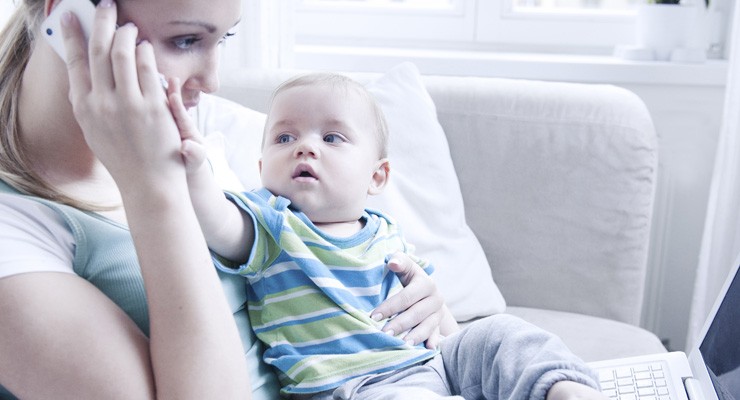Diaper Rash: Getting to the Bottom of It
Few babies escape diaper rash. Learn how to prevent it and treat it.

Few babies will escape diaper dermatitis, better known as diaper rash. Diaper rash often is caused by extended contact with a wet or soiled diaper. The skin gets irritated by moisture from the urine or stool, or chafing from the diaper. The result is a red rash, mostly around the buttocks.
In most cases, diaper rash is a minor nuisance and easily treated. The affected skin can be sore, though, and your baby may show distress, especially while being changed. On occasion, you may have to see a doctor if symptoms are severe or the skin becomes infected.
The bottom line
Diaper rash is most common at 8 to 10 months of age, often after solid foods are added to your baby’s diet. Any baby or toddler wearing a diaper — disposable or cloth — is at risk.
Contributing causes may include:
- Not changing soiled or wet diapers often enough
- Diapers that fit too tightly and rub the skin
- A yeast infection (this may occur if the baby or nursing mother is on antibiotics)
- Diarrhea or frequent stools
- A viral or bacterial infection
- An allergy to the diaper itself, a baby wipe or soap
Dry and protected
To help prevent diaper rash, keep your baby’s bottom clean, cool and dry. Make frequent diaper changes and let your baby go without a diaper when possible to dry the skin.
Other tips:
- Gently wash your baby’s bottom with a washcloth and warm water every diaper change. Use mild soap only if needed.
- Let area dry completely before diapering.
- Don’t close the diaper so tight that it rubs against the skin.
- Avoid placing tight plastic pants over the diaper or using diapers with tight plastic edges. The extra heat and moisture can promote a rash.
- If your baby has a rash, change the diaper every two to three hours. Clean bowel movements immediately.
- If the rash is severe, use a squirt bottle of water to clean your baby. Avoid rubbing with a washcloth.
- Ask your doctor or pharmacist to recommend a diaper rash paste. If directed by your doctor, apply a thick layer to the red area at every diaper change. Petroleum jelly or zinc oxide can also be used to form a protective barrier.
- Don’t apply cornstarch. Your baby could inhale the powder.
- Place the baby bare-bottomed on an open cloth diaper or towel while napping.
Most rashes improve within a few days of treatment.
When a rash is not just a rash
Sometimes, yeast infections can cause and compound diaper rash. This is more likely if the baby is taking antibiotics or has thrush. The rash could also be a painful condition called cellulitis.
Call your doctor if the rash:
- Doesn’t improve within a few days of treatment or if the rash comes back
- Includes blisters, pimples or pus-filled sores
- Is accompanied by fever
- Appears to be painful for baby
- Has spread or gotten worse
Always talk with your baby’s doctor during well visits to know when your baby needs emergency care. For example, your doctor may recommend emergency evaluation if your baby has a high fever, has a rectal temperature of 100.4 or higher and is 12 weeks of age or younger, appears sick, or has a rash that is rapidly spreading or peeling off in sheets.
If it’s an infection, your doctor may prescribe an antifungal treatment or other medication. This will usually clear up the problem in a few days.
By Emily King, Contributing Writer
Sources
American Academy of Pediatrics. Diaper rash. Accessed: July 12, 2016.
American Academy of Pediatrics. Diaper rash solution. Accessed: July 12, 2016.
UpToDate. Diaper rash in infants and children. Accessed: July 12, 2016.
Last Updated: July 13, 2016
